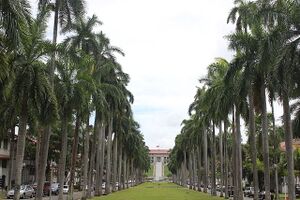
- The Quest to Build the World's Most Sustainable Town in the Middle of the Panamanian Jungle, November 11. 2015...[1]
Networks and sustainability initiatives[edit | edit source]
- Neighbourhood initiatives across Panama City
Ethical consumerism[edit | edit source]
The Bocas Sustainable Tourism Alliance (BSTA) is composed of Bocas del Toro's many tourism-based enterprises. It supports the local and global marketing efforts of all member companies and develops materials to promote Bocas del Toro as a destination for international tourism. Additionally, the Alliance undertakes conservation efforts to preserve the cultural and ecological landscape of our archipelago.
News and comment[edit | edit source]
2014
Connecting forests, saving species: conservation group plans extensive wildlife corridor in Panama May 16[2]
2009
2009 SEED Award Winners: "Planting Empowerment". An initiative involving a small business in partnership with a community-based organization and an international agency is leveraging private capital to increase conservation and provide sustainable livelihood opportunities to the local population as the same time as improving natural resource conservation in fragile environmental areas.[3] May 12
External links[edit | edit source]
Wikipedia: Panama, Panama, Waterways